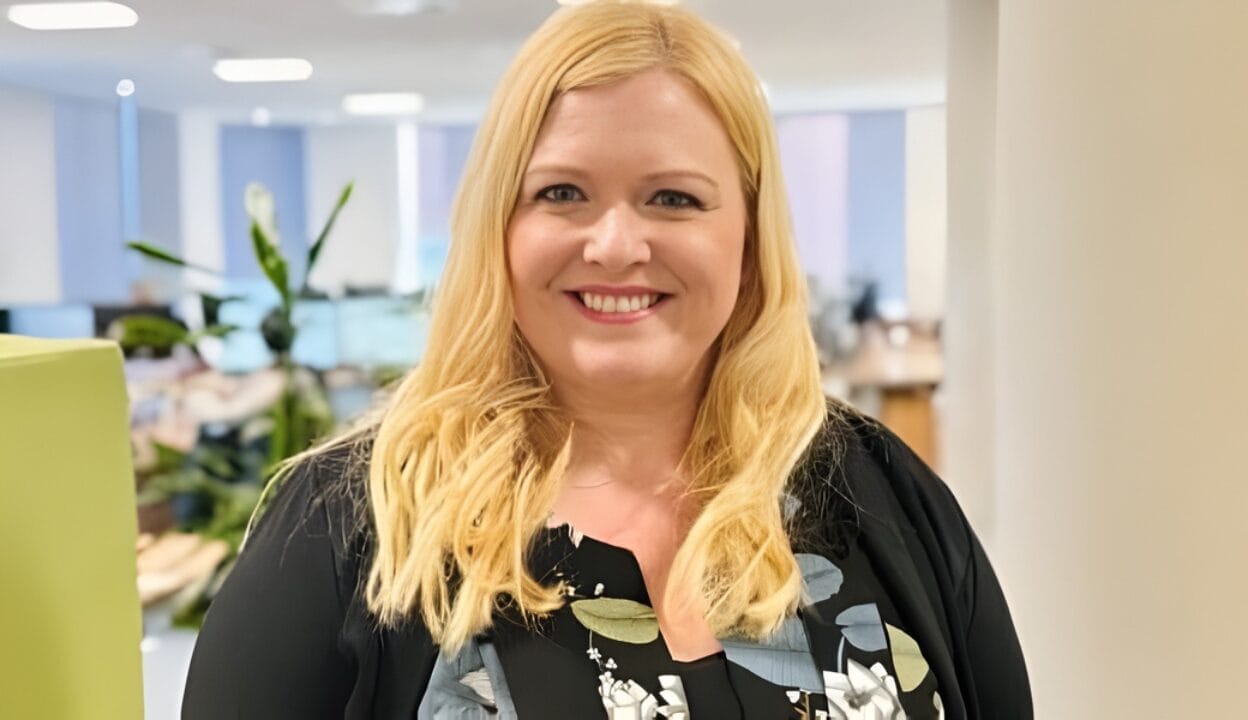Gert Poulsen, chief investment officer of the €3-billion ($3.9-billion) Danish charity Realdania, likes both property and the risk of earthquakes. The connection, Poulsen quickly adds, is not because he welcomes natural disasters, but due to Realdania’s distinctive history. Based in Copenhagen, Realdania was founded in 2000 when Danske Bank, the country’s largest lender, bought the mortgage bank Realkredit Danmark. Under the deal, Realkredit Danmark ceased issuing home loans. The net capital of about $1.8 billion was set aside to create Realdania as an endowment fund to improve the quality of Denmark’s built environment, with the new charity holding a strategic stake in Danske Bank.
Those origins explain both Realdania’s substantial Danish real estate assets, which accounted for 9.9 per cent of its total portfolio in 2012, and the fund’s large exposure to the financial sector through its Danske Bank holding. At the end of last year, Realdania owned almost 10 per cent of Danske Bank, more than made sense from a purely investment perspective; indeed, the stake made up 43.8 per cent of Realdania’s global assets. In addition to the Danske Bank stake and real estate assets, Realdania had an allocation at December 31, 2012 of 13.1 per cent to listed equities, 26.2 per cent in bonds and 5.5 per cent in private equity. Overall, the portfolio returned 17.2 per cent in 2012, compared with a negative 21.3 per cent return the previous year.
The attraction of non-correlation
Poulsen’s interest in natural disasters, such as earthquakes, stems from his desire to counter the market risk in Realdania’s portfolio, especially because of the heavy exposure to Danske Bank. He cites catastrophe bonds as a particularly effective hedging instrument for Realdania. Since 2010, the charity has accumulated a $25-million holding in these specialised securities, which are issued by insurance companies to reduce their liabilities when natural disasters occur. “Catastrophe reinsurance risk and bonds have the great attraction of being absolutely not correlated with our other investments,” explains Poulsen. “The risk of an earthquake is different from market risk.”
Timber is another alternative asset favoured by Poulsen. In 2008 Realdania made an initial $10-million investment in US timber in order to learn about the forestry market. “We felt we needed to be careful,” Poulsen recalls. “Now we have a better understanding of the drivers and issues in the sector, and have increased our holdings.”
To date, alternative assets – which also include hedge funds, commodities, and other insurance products – only represent about 2 per cent of Realdania’s total portfolio. Yet over time, Poulsen expects to expand its allocation, following a broadening of the investment mandate in 2010 to allow coverage of all asset classes. One of Readania’s eight investment managers specialises in alternative assets; in theory there is no esoteric product or security the fund would not consider buying, provided the perceived risk was not too great.
More than a financial investment company
While Realdania’s investment strategy has changed radically in recent years, the charity has retained its unusual governance model. When it was set up, Realdania simply took over Realkredit’s mutual structure. The charity is ultimately owned by about 160,000 property owners in Denmark, who elect its 109-member board of representatives. They in turn elect the supervisory board. 
This organisation has led some critics in Denmark to contend that Realdania is essentially a financial investment company, rather than a proper charity. The charge is vigorously denied by Realdania, which points to about $1.8 billion in grants disbursed since 2000 for building projects ranging from landmarks such as Copenhagen’s Danish Architecture Centre to small community developments. In addition, Realdania sees itself as a hub of architectural and construction expertise. “We don’t just offer money, we also offer knowledge,” argues Flemming Borreskov (pictured right), Realdania’s chief executive, in a video presentation on the foundation’s website.
Kind of like a foundation…
Against this very Danish background, Poulsen is at pains to stress that Realdania has much in common as a financial investor with other large charitable foundations in Europe and worldwide. In particular, many philanthropic endowments – for better or worse – are heavily invested in the same way as Realdania in one sector, asset class or company due to the manner of their establishment. In Portugal, for instance, the $3.65-billion Calouste Gulbenkian Foundation derives the majority of its income from the Partex Oil and Gas Group, the company founded by the Armenian philanthropist Calouste Gulbenkian and bequeathed to the charity that bears its name. Similarly, the $7.7-billion Garfield Weston Foundation in the UK is largely financed through its controlling stake in Associated British Foods, the conglomerate created in 1935 by Willard Garfield Weston.
…but not really
Where Realdania differs from some endowments is in acknowledging that its own over-exposure to Danske Bank is an investment headache. In March, Realdania sold 5.2 per cent of the lender in a share sale that raised $955 million and reduced its overall stake to 4.9 per cent, with the proceeds ploughed back into the portfolio. According to Poulsen, “the reinvestment in other assets has contributed to achieving a more balanced investment portfolio to support philanthropic projects.” He adds that while Realdania has not yet decided how much more of Danske Bank it will sell, the charity’s desire to diversify its holdings is open knowledge.
Volatile and vulnerable
The need for more diversity is laid bare by the volatile performance of Realdania’s portfolio since the 2008-9 financial crisis, due in large part to its exposure to Danske Bank’s stock market performance. Like other Nordic lenders, Danske Bank was not heavily exposed to Greece and other debt-ridden southern European markets and, as a lender outside the eurozone, was insulated from the worst shocks of Europe’s sovereign debt crisis. However, as Poulsen observes, Danske Bank still suffered considerable collateral damage as a lender in a small country whose economy and currency are inextricably tied to the eurozone. “When the euro goes down, so does the Danish krone, and vice versa,” Poulsen notes. “Our country is not in this sense a safe haven from the euro crisis, even though some foreign investors seem to think so.”
Bouncy but unpredictable
By the same dynamic, Danske Bank recovered sharply in 2012, as fear of a eurozone break-up receded, with the lender’s shares gaining almost one-third in value. Realdania bounced back, posting the same return from its Danske Bank investment, which was almost double the portfolio’s overall return. Although the revival was welcome, Poulsen would much rather achieve smooth, consistent returns over time in line with Realdania’s annual average for the past 10 years of 5.6 per cent. In that way, he could ensure dependable income flows back to Realdania for philanthropic grants, which totalled about $200 million last year. That suggests Realdania will continue to sell down its Danske Bank stake, while exploring further the risk-reducing potential of alternative assets.


